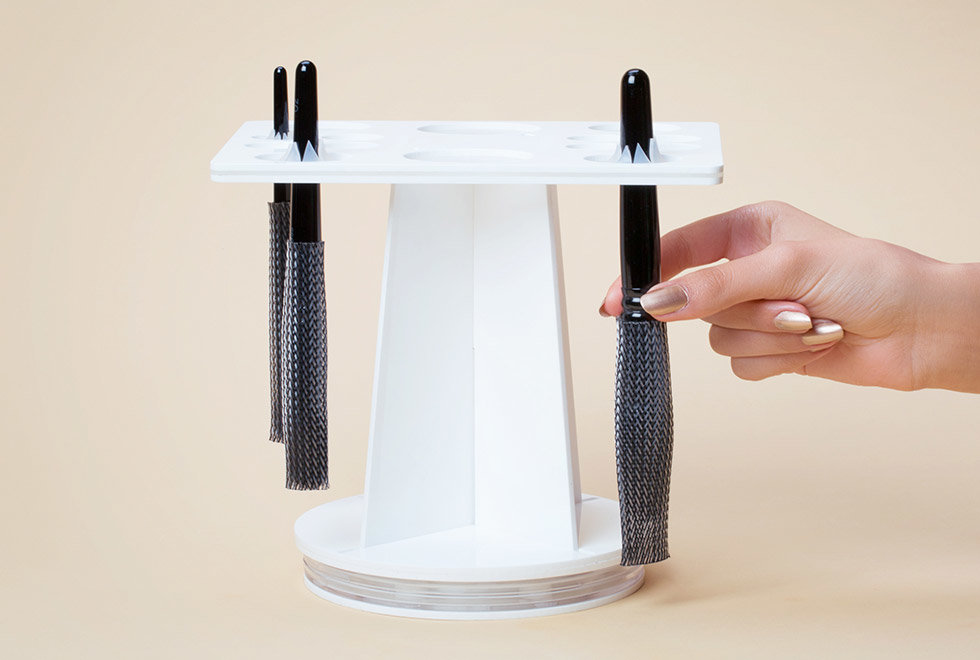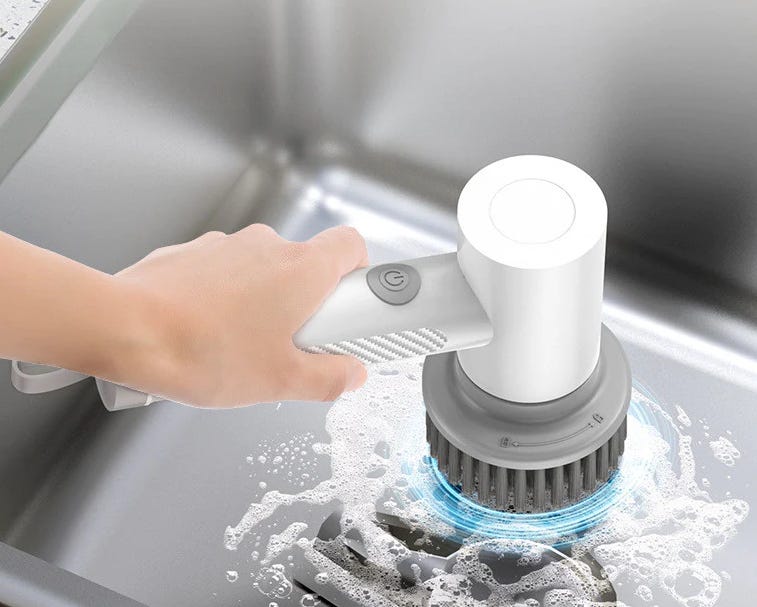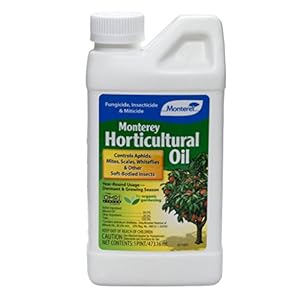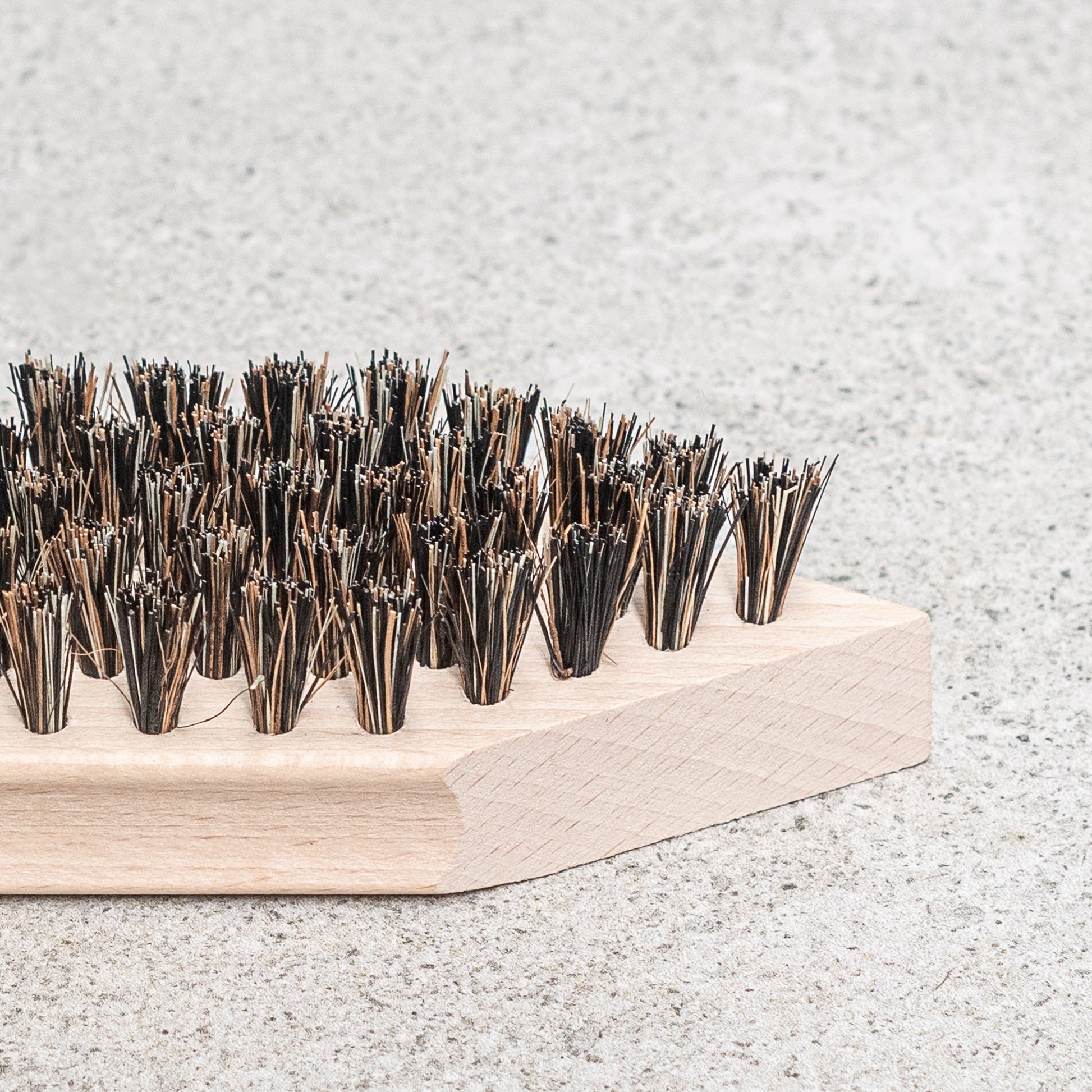Let’s be honest, cleaning outdoor surfaces is rarely anyone’s favorite chore. Whether it’s your patio, driveway, deck, or pool surround, grime, moss, and mildew have a way of making themselves at home. But what if cleaning those stubborn stains didn’t require hours of backbreaking scrubbing? Enter the outdoor floor scrub brush – your new secret weapon in the fight against dirt. This comprehensive guide will delve into everything you need to know to choose the perfect scrub brush for your needs, ensuring effortless cleaning and sparkling results.
Why Choose an Outdoor Floor Scrub Brush?

Traditional methods like brooms and stiff-bristled brushes often leave much to be desired. They can be slow, ineffective against tough stains, and downright exhausting. Outdoor floor scrub brushes, however, offer a range of benefits that elevate the cleaning experience:
- Time-saving efficiency: Cover large areas quickly and effectively, eliminating hours of manual labor.
- Superior cleaning power: Tackle ingrained dirt, moss, mildew, and other stubborn contaminants with ease.
- Ergonomic design: Many models are designed to minimize strain on your back and shoulders, promoting comfortable cleaning.
- Versatility: Suitable for a wide range of surfaces, including concrete, brick, stone, wood, and composite decking.
- Water conservation: Some models utilize efficient spray systems, minimizing water usage.
Understanding Torque: The Muscle Behind the Clean

While not all outdoor floor scrub brushes are motorized, the importance of torque in those that are cannot be overstated. Torque, or rotational force, is the power that drives the brush’s rotation, directly impacting its cleaning effectiveness. Higher torque translates to more aggressive cleaning, especially crucial for tackling heavily soiled or textured surfaces. A brush with low torque might struggle to remove stubborn grime, requiring multiple passes and more effort from the user.
When comparing motorized scrub brushes, pay close attention to the torque specifications. Manufacturers often express this in pound-feet (lb-ft) or Newton-meters (Nm). Generally, higher numbers indicate better cleaning power for heavier-duty applications.
Engine Options: Powering Your Clean

Motorized outdoor floor scrub brushes typically employ either gas or electric engines. Each option presents its own set of advantages and disadvantages:
Gas-Powered Scrub Brushes:
- Pros: More powerful, ideal for large areas and tough stains; generally offer higher torque; less restricted by cords.
- Cons: Heavier and less maneuverable; require fuel and regular maintenance; can be noisy; emissions concerns.
Electric Scrub Brushes:
- Pros: Quieter operation; lighter and easier to maneuver; environmentally friendly; typically less expensive to operate.
- Cons: Lower power output compared to gas models; limited by cord length; may struggle with extremely stubborn grime.
Battery-Powered Scrub Brushes:
- Pros: Cordless convenience; relatively quiet; environmentally friendly; good for smaller areas.
- Cons: Limited runtime on a single charge; may require longer charging times; battery life degrades over time.
Torque and Towing Specs: A Closer Look
While “towing” isn’t typically a feature associated with scrub brushes, the concept of managing weight and power is relevant. Consider the weight of the machine itself – a heavier, gas-powered model might require more effort to maneuver, especially on uneven surfaces. The brush’s weight distribution also matters; an unbalanced design can be harder to control and less effective at cleaning.
Always check the manufacturer’s specifications for weight, dimensions, and any power requirements. This will help you determine if the brush is suitable for your physical capabilities and the size of the area you need to clean.
Comparison with Competitors: Finding the Right Fit

The market offers a variety of outdoor floor scrub brushes, each with its unique features and price point. Before making a purchase, research different brands and models to compare their specifications, user reviews, and warranty information. Consider factors such as:
- Motor type and power (gas, electric, battery)
- Torque rating (lb-ft or Nm)
- Brush width (affects cleaning speed)
- Water tank capacity (for motorized models with spray features)
- Weight and dimensions (for maneuverability)
- Warranty and customer support
Practical Advice for Users
Maximize the performance and longevity of your outdoor floor scrub brush by following these tips:
- Prepare the surface: Remove loose debris like leaves and twigs before scrubbing.
- Use the correct cleaning solution: Choose a detergent appropriate for your surface type. Avoid harsh chemicals that could damage the material.
- Work in sections: For large areas, clean in manageable sections to avoid fatigue.
- Overlap passes: Ensure thorough cleaning by overlapping each pass slightly.
- Rinse thoroughly: Remove all cleaning residue to prevent staining or damage.
- Regular maintenance: Clean the brush head and any other components after each use. For gas-powered models, follow the manufacturer’s instructions for regular maintenance and refueling.
Investing in an outdoor floor scrub brush can significantly improve your cleaning efficiency and save you time and effort. By carefully considering the factors discussed in this guide, you can choose the perfect model to transform your outdoor cleaning routine from a dreaded chore into a manageable and even enjoyable task. Remember to always prioritize safety and follow the manufacturer’s instructions for operation and maintenance.




